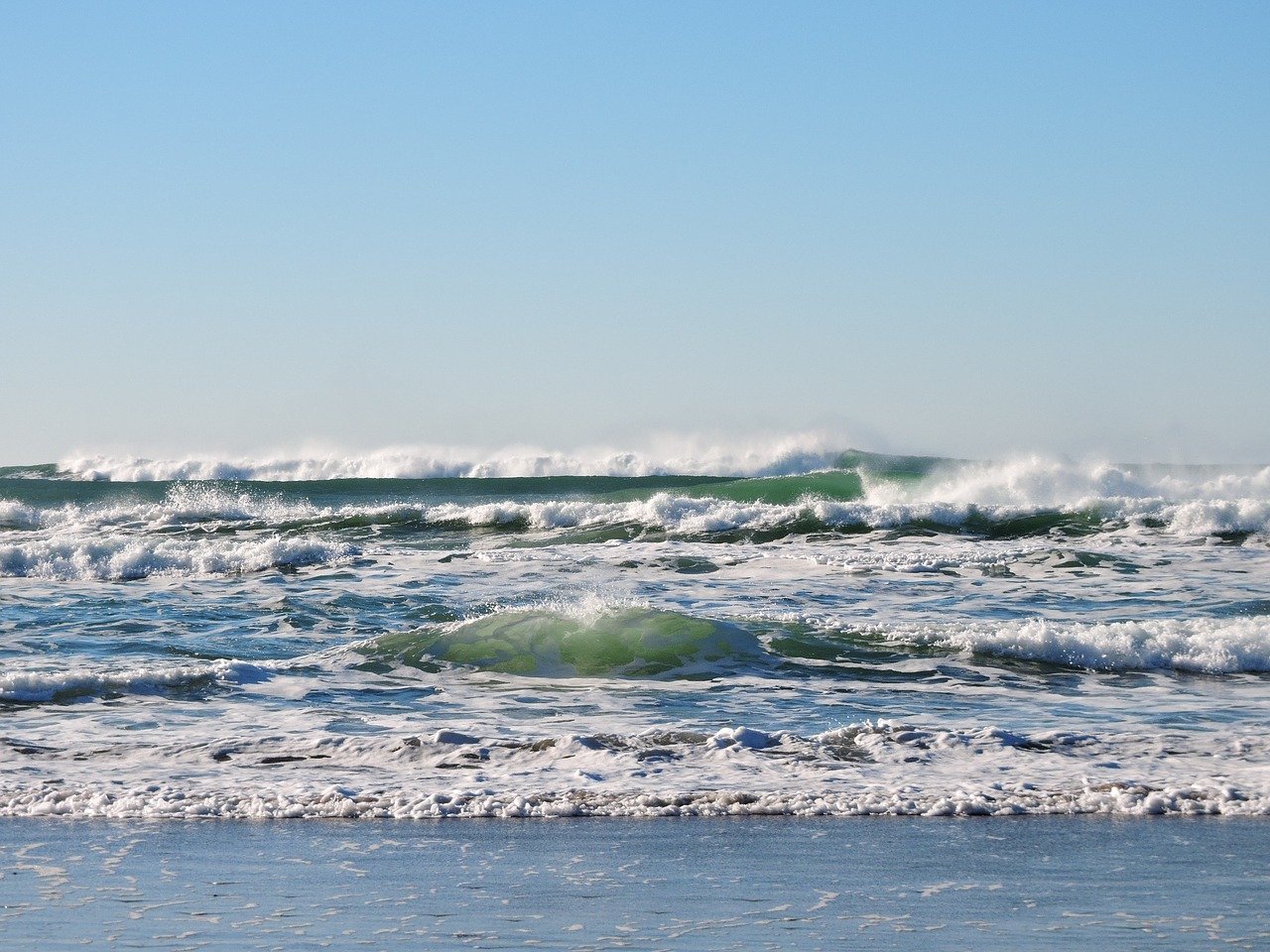
According to a recent study that was conducted by the Institute of Environmental Radioactivity, at Fukushima University, it's estimated that roughly 2 billion becquerels of radioactive water is flowing into the ocean every day.
But, researchers insist that the water doesn't pose any threat to the local fishing industry.
Last year, TEPCO and government officials estimated that the entire cleanup process might take 40+ years to complete and cost $200 billion or more. And some estimate that the costs could be a lot higher than that; ultimately coming from the pocket of taxpayers.
Just recently, arbitration was ended for those seeking further compensation over their claims related to the Fukushima incident. More than 15k people were involved in ongoing arbitration with the power company, in an effort to try and secure more monthly compensation from them. They were receiving monetary compensation from the company because they had been asked to evacuate from the area.
They were getting roughly $934 every month and were allegedly seeking roughly a 50 percent increase to the payment. It's alleged that the power company was repeatedly asked to accept this increase in compensation as a way to remedy the concerns of the victims who were forced to leave their homes, but the arbitration process has instead recently been ended. It's expected however that those victims might turn to file a lawsuit against the company.

More than 7+ years later....
And some suspect that the region might even some day be turned into a toxic dumping ground.
However, there have been some conflicting reports that suggest that fishermen scattered around the Pacific Ocean, have seen a myriad of unusual anomalies in their catches.
And for some seafood samples that have been found containing a radioactive isotope known as caesium-134, authorities have insisted that the amount is so minuscule that it's nothing to worry about. In Canada, California, Oregon, and elsewhere, there have been several instances where radioactive seafood samples have allegedly been found.
Pics:
Pixabay
Sources:
https://www.japantimes.co.jp/news/2018/03/29/national/seven-years-radioactive-water-fukushima-plant-still-flowing-ocean-study-finds/#.WslM93QUmpo
https://www.japantimes.co.jp/news/2015/10/26/national/tepco-completes-sea-wall-keep-toxic-fukushima-no-1-water-reaching-sea/
https://www.scientificamerican.com/article/clearing-the-radioactive-rubble-heap-that-was-fukushima-daiichi-7-years-on/
https://asia.nikkei.com/Politics-Economy/Policy-Politics/Seven-years-on-no-end-in-sight-for-Fukushima-s-long-recovery
https://www3.nhk.or.jp/nhkworld/en/news/20180406_21/
http://enenews.com/biologist-pacific-herring-in-canada-bleeding-from-eyeballs-faces-fins-tails-ive-never-seen-fish-looking-this-bad-all-100-caught-were-bleeding-hemorrhaging-first-noticed-in-summer-of-201
https://uk.reuters.com/article/us-japan-nuclear-tuna/fukushima-radiation-seen-in-tuna-off-california-idUKBRE84R0MF20120528
https://www.mirror.co.uk/news/world-news/radioactive-fish-contaminated-fukushima-nuclear-9427679
https://www.japantimes.co.jp/news/2013/05/22/national/researchers-find-high-cesium-in-some-pacific-plankton/#.WslVN3QUmpp
https://asiancorrespondent.com/2018/03/thailand-to-ditch-fukushima-sushi-fish-over-contamination-fears/
